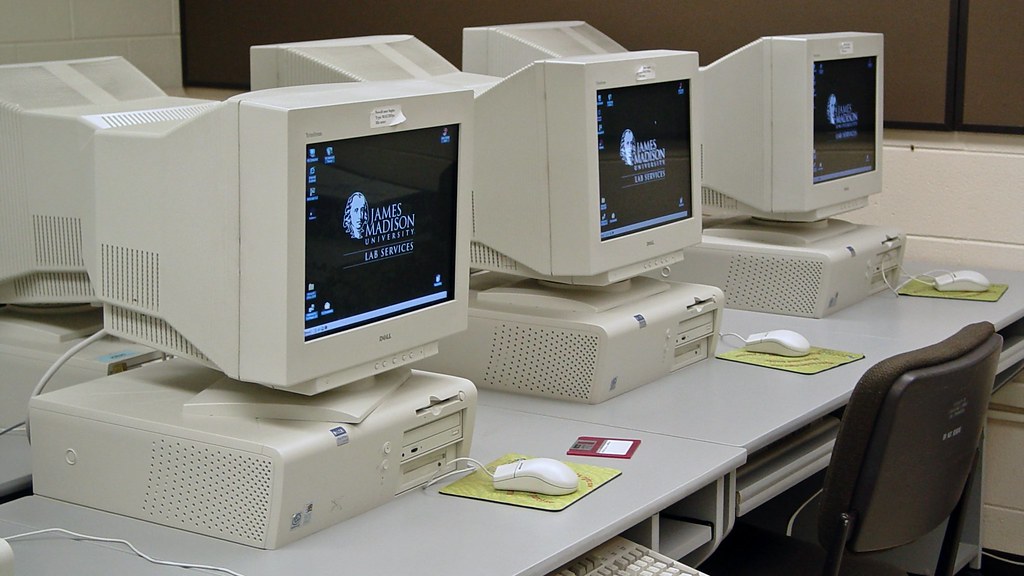

Hard copy The displays above do not give a permanent representation of the image. Resolutions exceeding 1024 × 1024 are possible. In this way, pixels may be displayed to form the image. By placing a voltage across the electrodes the plasma may be made to glow (plasma-panel) or the cell may become opaque (LCD). Here, transparent electrodes are deposited onto a glass screen. Raster-scan displays have a fixed screen refresh rate of between 25 and 80 frames per second and this is independent of the complexity of the image.Īn alternative form of display uses plasma-panel or liquid-crystal (LCD) technologies. While vector scan displays are capable of higher resolution, the refresh rate is dependent on the number of vectors, and this becomes a limitation where there are a large number of vectors to draw. The alternative is to scan the whole area of the screen repeatedly (raster-scan) and to modulate the intensity of the beam such that an image is shown only at the desired points on the screen. Since each line could be in any direction this is known as a random-scan display. Vector and raster scan The electron beam in a CRT may be deflected by drawing the image one line or vector at a time. Monochrome screens are not subject to this limitation, and thus offer improved resolution where the use of colour is not essential. However, the shadow mask required in such CRTs limits the ultimate resolution to the dot pitch of the phosphor stripes.

#Cathode ray tube monitors full#
Most displays are now full colour where the screen is coated with phosphor dots or stripes in red, green or blue.

The maximum rate of modulation determines the detail which can be displayed in the image and is the video bandwidth of the monitor. The electron beam may be modulated in intensity to give a range of grey tones in a monochrome system or to offer a range of hues in a colour system. For high-resolution systems this requires a fast scan rate and complex deflection systems in order to maintain a linear display, and the video monitor is an expensive item in such systems. The electron beam must be deflected in order to draw points anywhere on the whole screen surface. The resolution is the maximum number of points which can be displayed per centimetre in the horizontal or vertical directions. High-quality CRTs allow the spot to be focused down to a very small area which improves the resolution of the device. A CRT contains an electron beam which is focused onto a phosphor-coated glass screen when light is emitted. (Section 5.3), in Mechanical Engineer's Reference Book (Twelfth Edition), 1994 5.3.3.1 DisplaysĬRT/LCD Most graphics displays are based on the cathode ray tube (CRT).


 0 kommentar(er)
0 kommentar(er)
